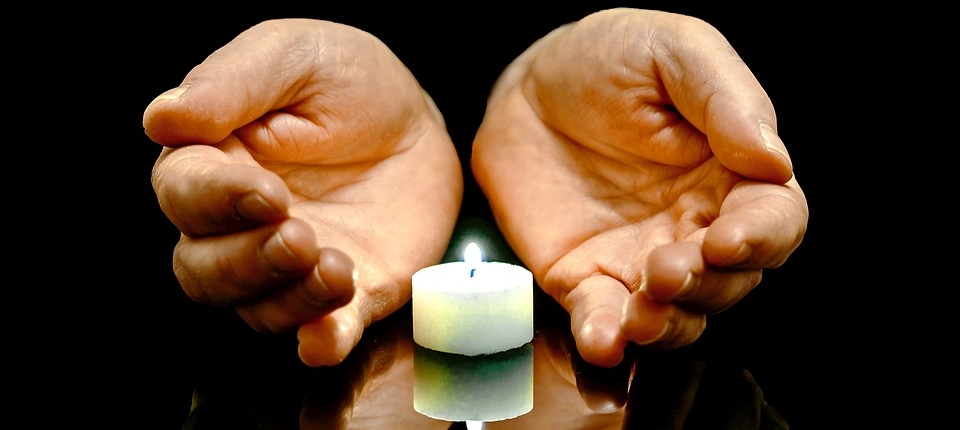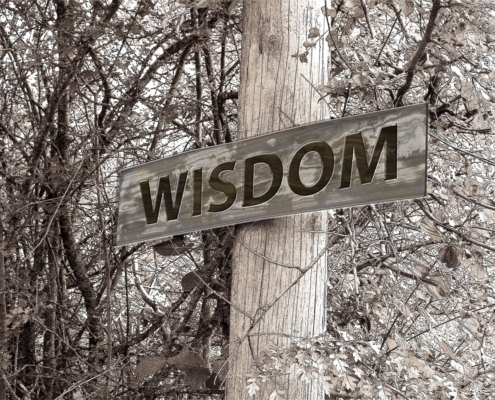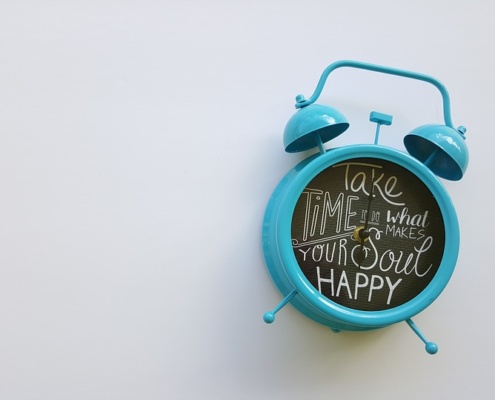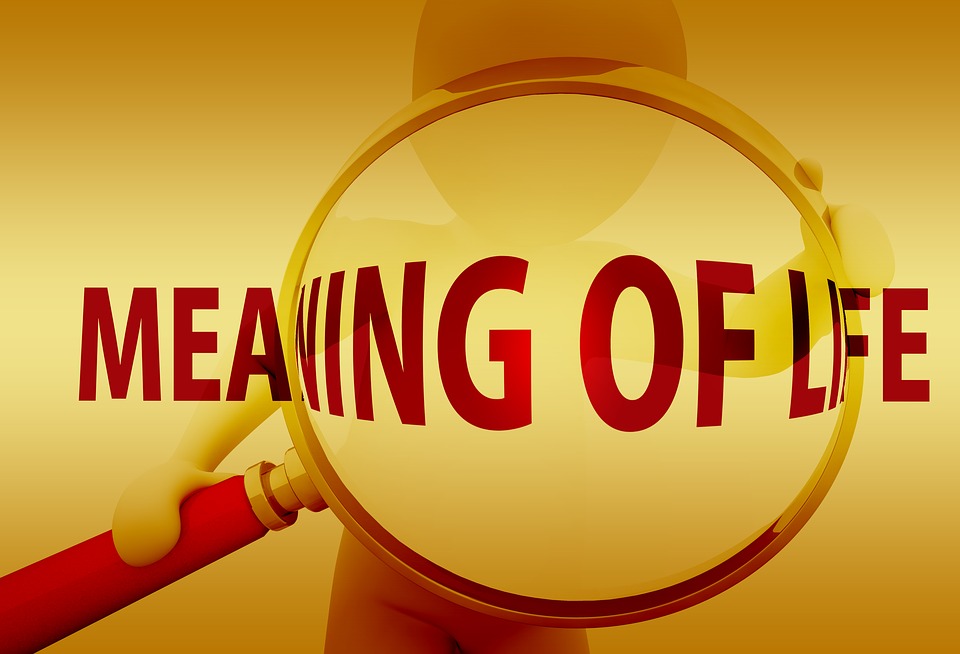
The power of sound and word
Mantra is a form of sound current meditation, and as such serves to clear the mind, and balance the brain hemispheres. For millennia, yogis have chanted mantras for a variety of purposes. All of them provide an effective way of controlling and directing the mind’s thoughts and a beneficial set of focus points.
One of the most powerful mantras in kundalini yoga (and one that is often chanted right after an initial tuning in with a chanting of ong namo), is the aad guray nameh mantra.
The mantra of protection
Aad guray nameh (I bow to the primal wisdom) is known as the “mantra of protection.”
By chanting this mantra, you bring about a field of white light of protection surrounding you. It also stimulates your mind and sharpens your alertness to avoid crashes, collisions, and other physical mishaps. It has been said that by chanting this mantra three times before embarking on a mode of transportation, it brings nine seconds of time, and nine feet of protection around you and your vehicle.
Gurmukhi:
Aad Guray Nameh
Jugaad Guray Nameh
Sat Guray Nameh
Siri Gurdayvay Nameh
Translation:
I bow to the primal wisdom
I bow to the wisdom that has existed throughout the ages.
I bow to the true wisdom.
I bow to the great, divine wisdom
What do we mean by protection? It’s energetic in nature, and can have direct positive effects in the material world. Some think of a protective field as a “shield.” I like to think of it more as a screen rather than a shield. While a full-on shield tends to be hard and impenetrable, a screen has permeability. By design, a screen lets in some things, while keeping out other things. Envision a screen on a door or a window, or a screened-in porch. These house screens allow in light, while at the same time keep the bugs out. They are a filter.
By design, we too, have the ability to invoke a screen that protects us from what may harm us, while allowing in what helps us. We may exercise our right to choose at any time. We may open the door, or close the door, as well as put up or remove a screen, at any time. Mantra simply helps us get centered and into a place of focus and access to our deeper wisdom and to a place of precise decision-making.
Affords access to the deeper wisdom
In the specific case of aad guray nameh, we are ensuring the screen of white light is in place. Once protected, we are able to feel into and hear the deeper messages we are meant to hear.
May we each draw from the divine wisdom held deeply within each of us, so that we may bring our best selves and our greatest gifts out into the world, from a place of higher consciousness and with humility and grace. And, may it be in service to our planet and to all of humanity. The times such as these require it. The time is now.
For your consideration:
Before engaging in any meditation (and again, mantra itself is a form of meditation) – decide for yourself: what type of ‘screen’ am I invoking and putting on the door to my heart, mind and soul? Is it one of protection? If so, then honor and appreciate that, and act upon it accordingly. It’s a matter of intention, and awareness.
And, as we turn the corner and head toward the September equinox in the next two weeks, it’s an ideal time to “check your screens.” Just as you would with home maintenance and repairs – take a look at your energetic screens and see which if any need adjusting. Equinox is the time, twice each year, when the hours of light and dark are nearly equal, and it’s a time of balance.
As you take a look at your life and your current state of affairs, ask yourself: What’s in balance? What’s out of balance? Are your protective screens strong and steadfast? Or, are they flimsy and weak, tattered, or threadbare? What’s getting into your energetic field that you’d rather keep out? Conversely, what’s currently missing from your energetic field that you’d consciously like to invite in?
For me, I’m inviting in more love and support, while screening out distractions and feelings of heaviness and doubt.
Okay, your turn
What in your life right now is calling for your attention and intention? What is it that would most benefit from a white light of protection?
I invite you to SHARE your thoughts, feelings, and experiences by leaving a Reply in the Comments section, below. Soul-to-soul!
© 2018 Lori A. Noonan. All Rights Reserved.


 None of this is to say, of course, that without the unparalleled coordination and carefully orchestrated efforts of the expert cave divers and other rescue volunteers and medical personnel, this group would have made it out safely. All the individuals involved with their rescue (including one former Thai navy Seal who lost his life) are due a profound debt of gratitude, respect, and honor. It’s beautiful to see all this humanity working together. It is also, however, to acknowledge that more than physics, technology, and biology were at work here. As the monk’s training and meditation exemplify, it was heart, mind and soul over matter. And it all mattered.
None of this is to say, of course, that without the unparalleled coordination and carefully orchestrated efforts of the expert cave divers and other rescue volunteers and medical personnel, this group would have made it out safely. All the individuals involved with their rescue (including one former Thai navy Seal who lost his life) are due a profound debt of gratitude, respect, and honor. It’s beautiful to see all this humanity working together. It is also, however, to acknowledge that more than physics, technology, and biology were at work here. As the monk’s training and meditation exemplify, it was heart, mind and soul over matter. And it all mattered.
 We all remember being asked the question when we were young: What do you want to be when you grow up? Me: a philosopher. I didn’t hear anyone around me saying that they wanted to be that. It wasn’t exactly listed anywhere as a possible career track. That didn’t matter to me. If it was needed, and served a purpose, why couldn’t it be an occupation?
We all remember being asked the question when we were young: What do you want to be when you grow up? Me: a philosopher. I didn’t hear anyone around me saying that they wanted to be that. It wasn’t exactly listed anywhere as a possible career track. That didn’t matter to me. If it was needed, and served a purpose, why couldn’t it be an occupation?
 You can weave a number of short activities into your work day, throughout the week, or on the weekends. Here is a list to keep handy, of some examples to try, that are easy to do up to six minutes at a time:
You can weave a number of short activities into your work day, throughout the week, or on the weekends. Here is a list to keep handy, of some examples to try, that are easy to do up to six minutes at a time: The benefits to be gleaned from these brief and empowering uses of time are many, and include:
The benefits to be gleaned from these brief and empowering uses of time are many, and include:



 During this week of the new moon and the equinox, it’s a powerful time to feel into where you may be out of balance in your life, and to consider ways to bring yourself into a state of equilibrium.
During this week of the new moon and the equinox, it’s a powerful time to feel into where you may be out of balance in your life, and to consider ways to bring yourself into a state of equilibrium. It got me to contemplating about how much a strong core serves us overall in life as well. There will always be external, and sometimes internal, factors that threaten to throw us off balance. The stronger we develop and maintain our central strength, the greater the opportunity to live our lives from a place of equilibrium. It’s not passive. It’s active.
It got me to contemplating about how much a strong core serves us overall in life as well. There will always be external, and sometimes internal, factors that threaten to throw us off balance. The stronger we develop and maintain our central strength, the greater the opportunity to live our lives from a place of equilibrium. It’s not passive. It’s active. enerate our spiritually strong fire and heat – from a place of solidity, groundedness, centeredness – from a place of equilibrium! It’s stable, not wobbly. We each hold this potential within us. It’s simply up to each of us to take notice, take heed, and take action. It is what is especially needed now, during these turbulent times.
enerate our spiritually strong fire and heat – from a place of solidity, groundedness, centeredness – from a place of equilibrium! It’s stable, not wobbly. We each hold this potential within us. It’s simply up to each of us to take notice, take heed, and take action. It is what is especially needed now, during these turbulent times. It’s a particularly energetically charged time in the United States, as evidenced by recent politically volatile and even at times highly venomous and violence-infused protests, and counterprotests, resulting in understandable public outcries and feelings of despair and disbelief.
It’s a particularly energetically charged time in the United States, as evidenced by recent politically volatile and even at times highly venomous and violence-infused protests, and counterprotests, resulting in understandable public outcries and feelings of despair and disbelief. What if duality were no longer how we positioned things? What if we were to approach these political divides from a place of universality, instead? As humans, after all: We share the same air, bleed the same blood, shed the same tears.
What if duality were no longer how we positioned things? What if we were to approach these political divides from a place of universality, instead? As humans, after all: We share the same air, bleed the same blood, shed the same tears.